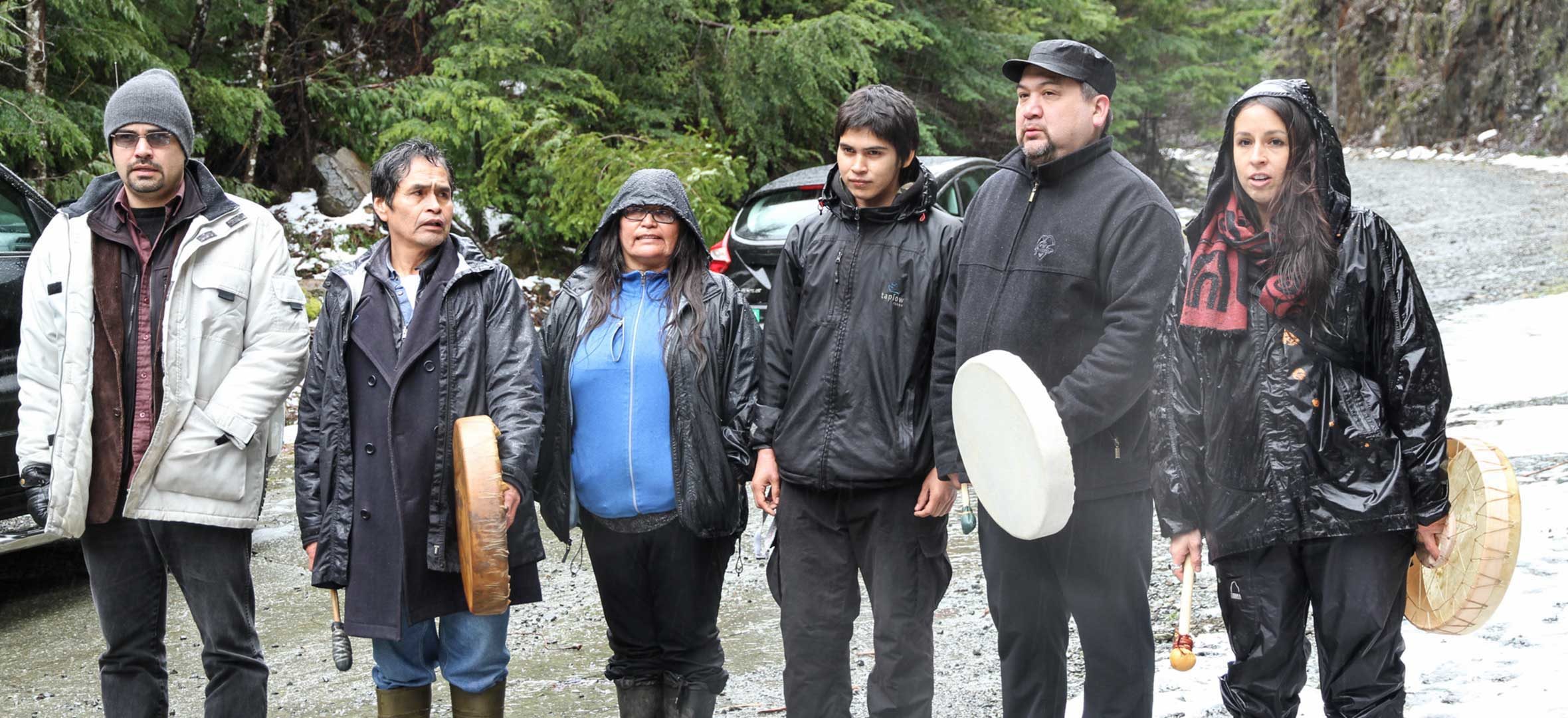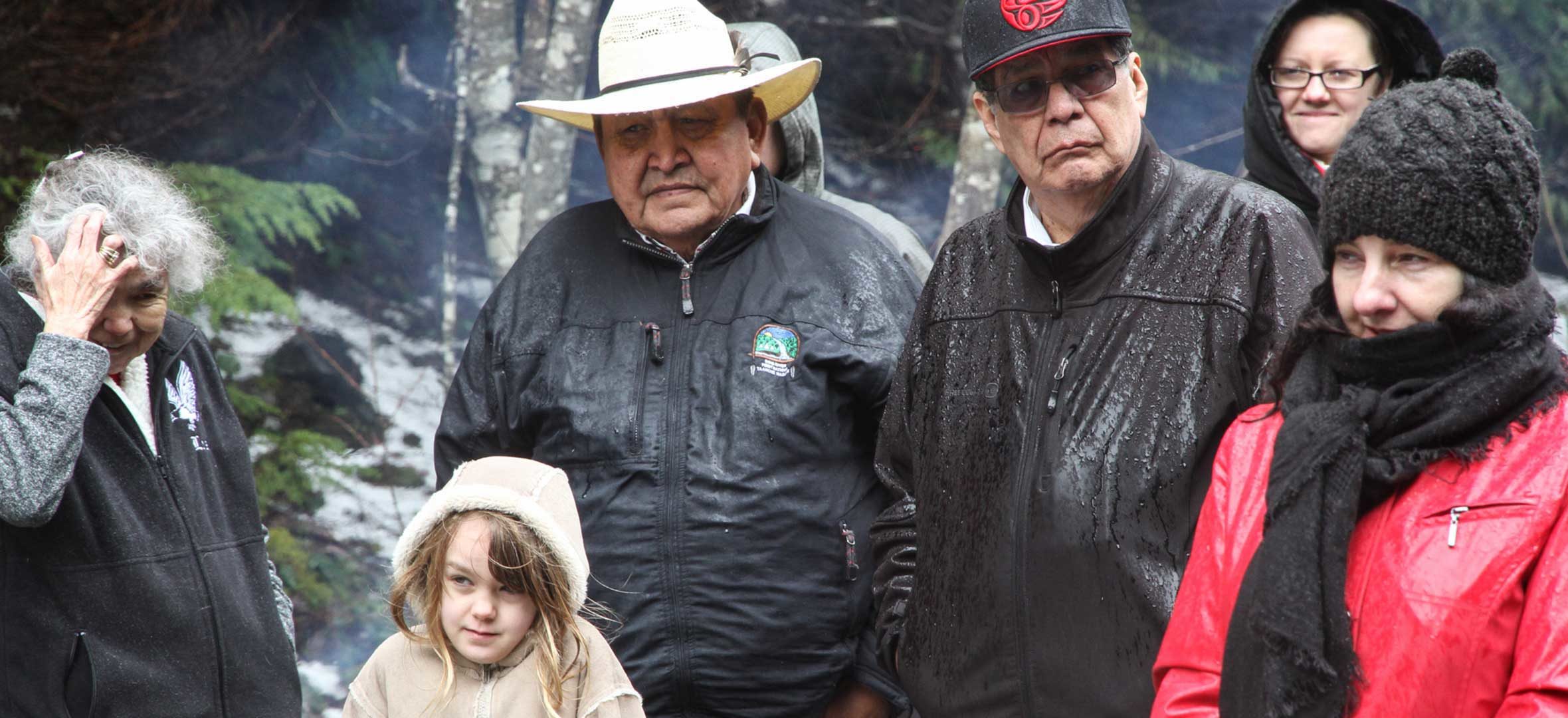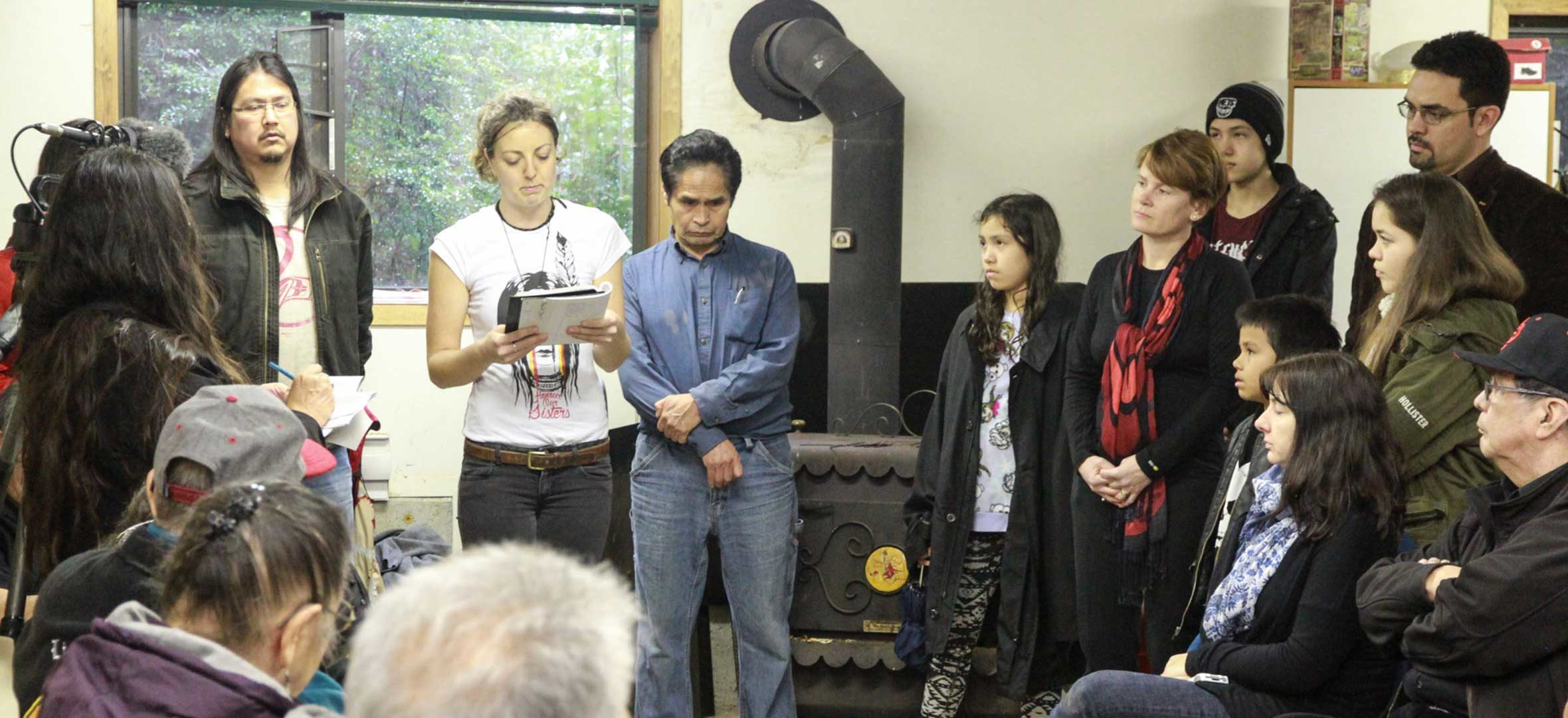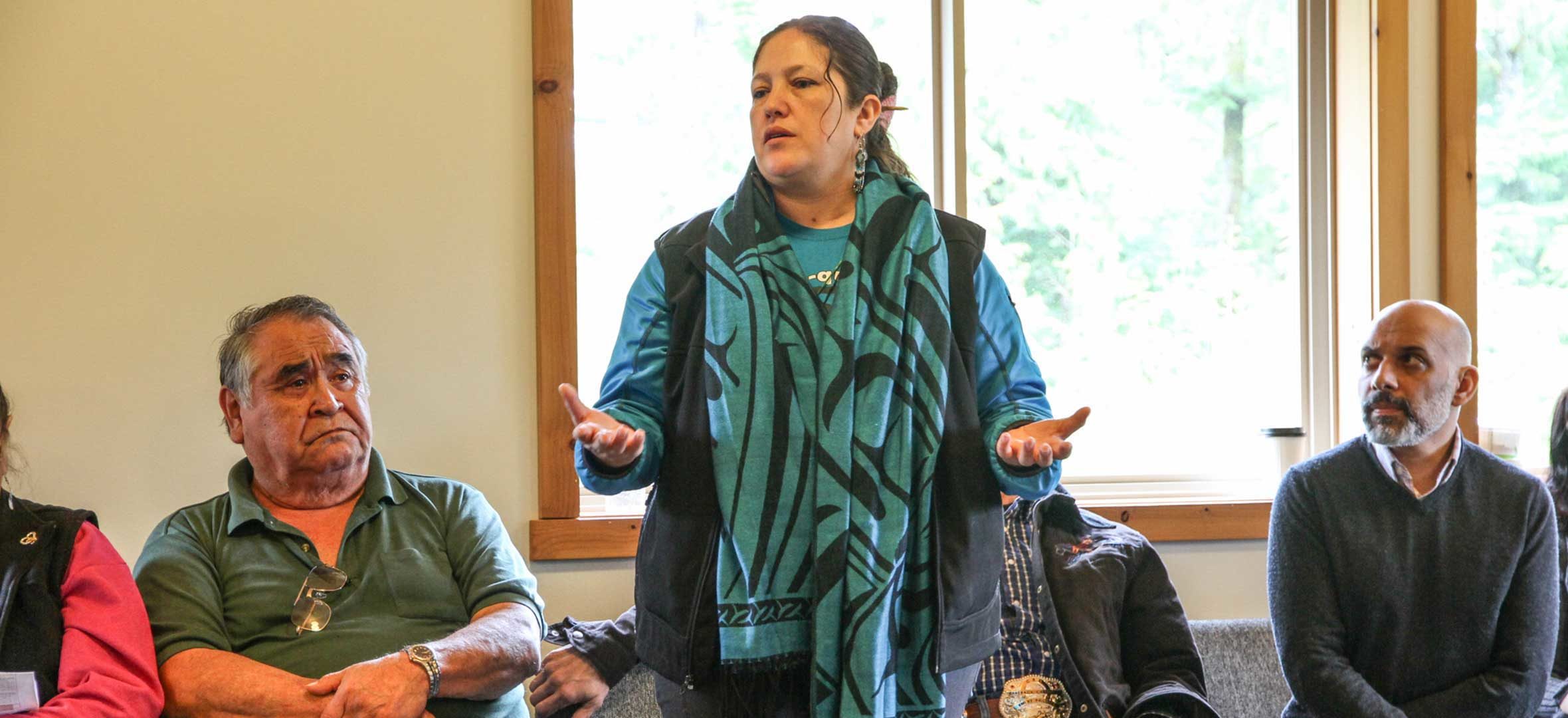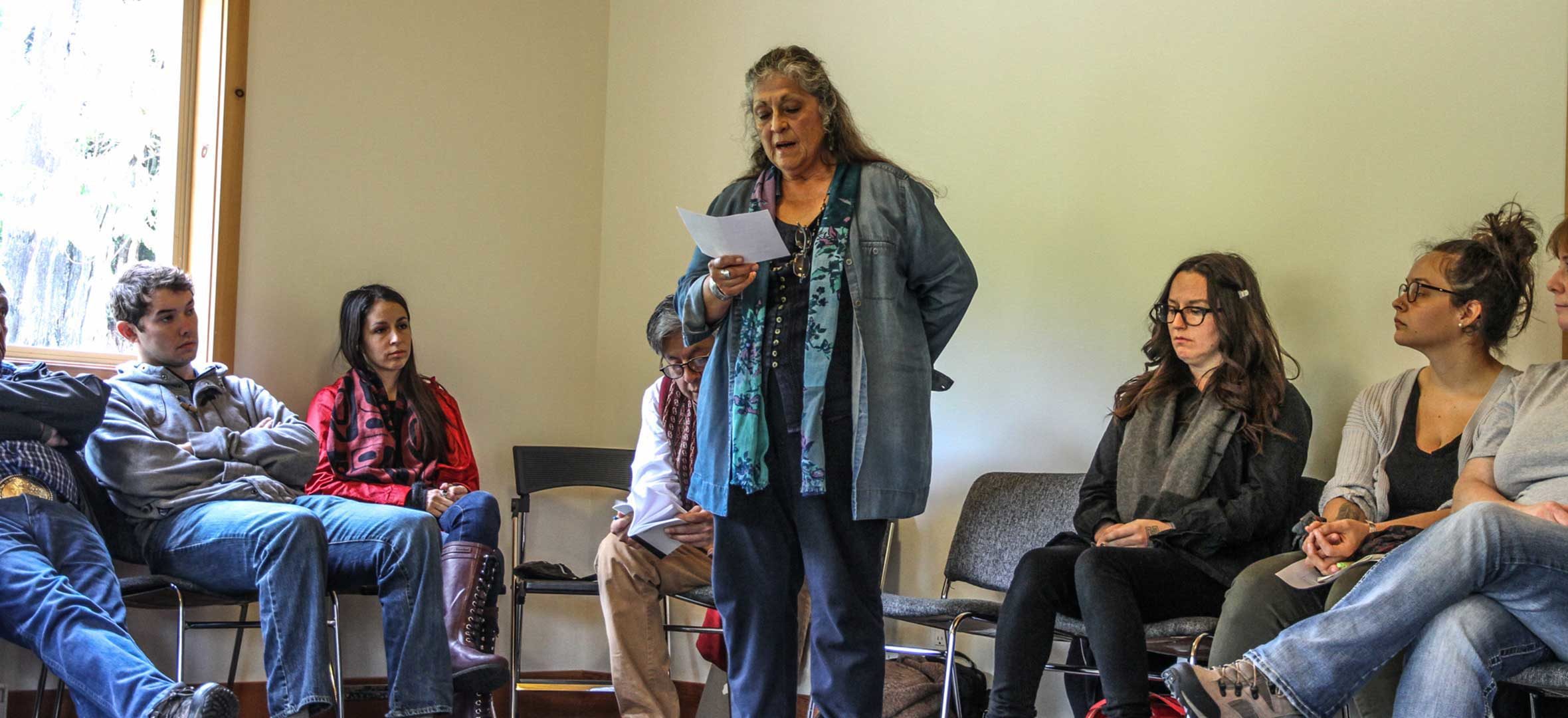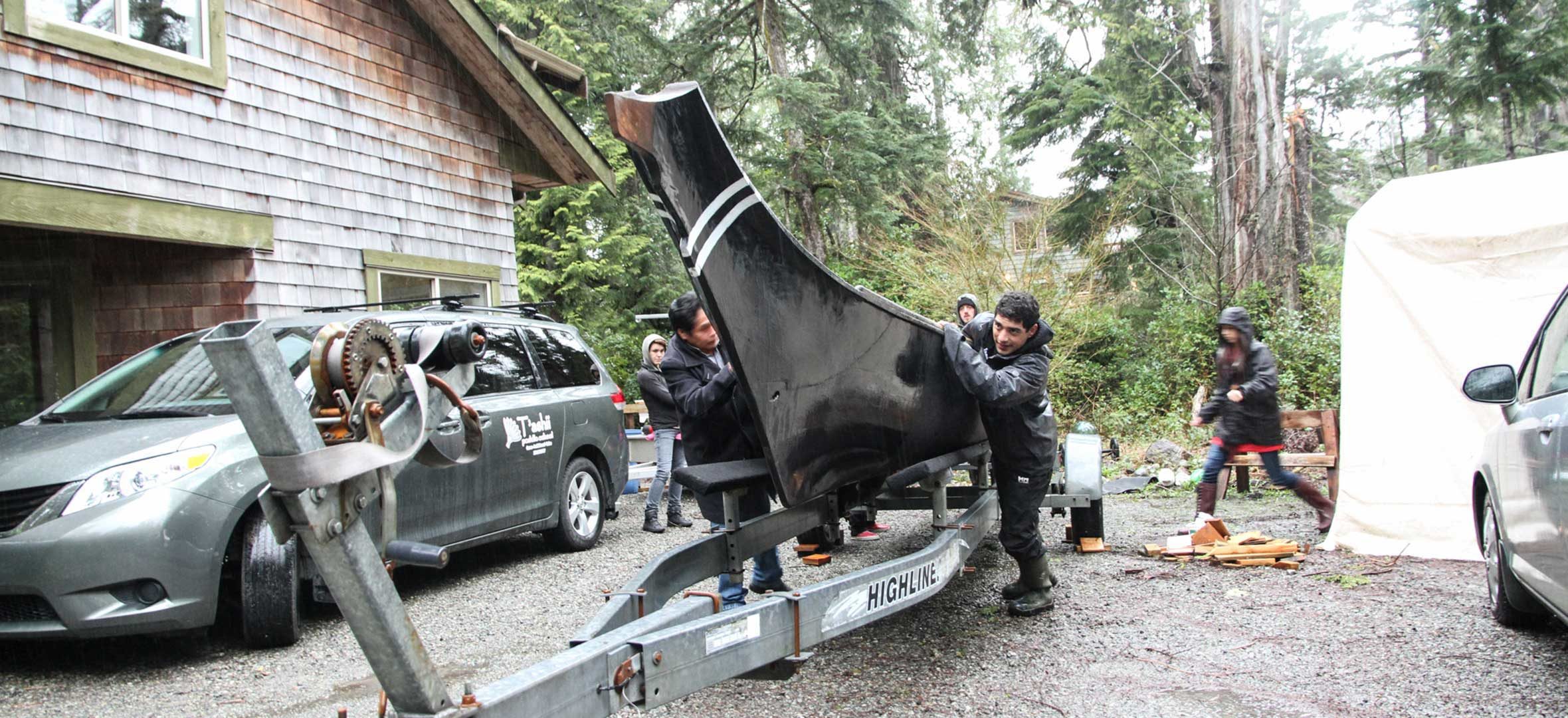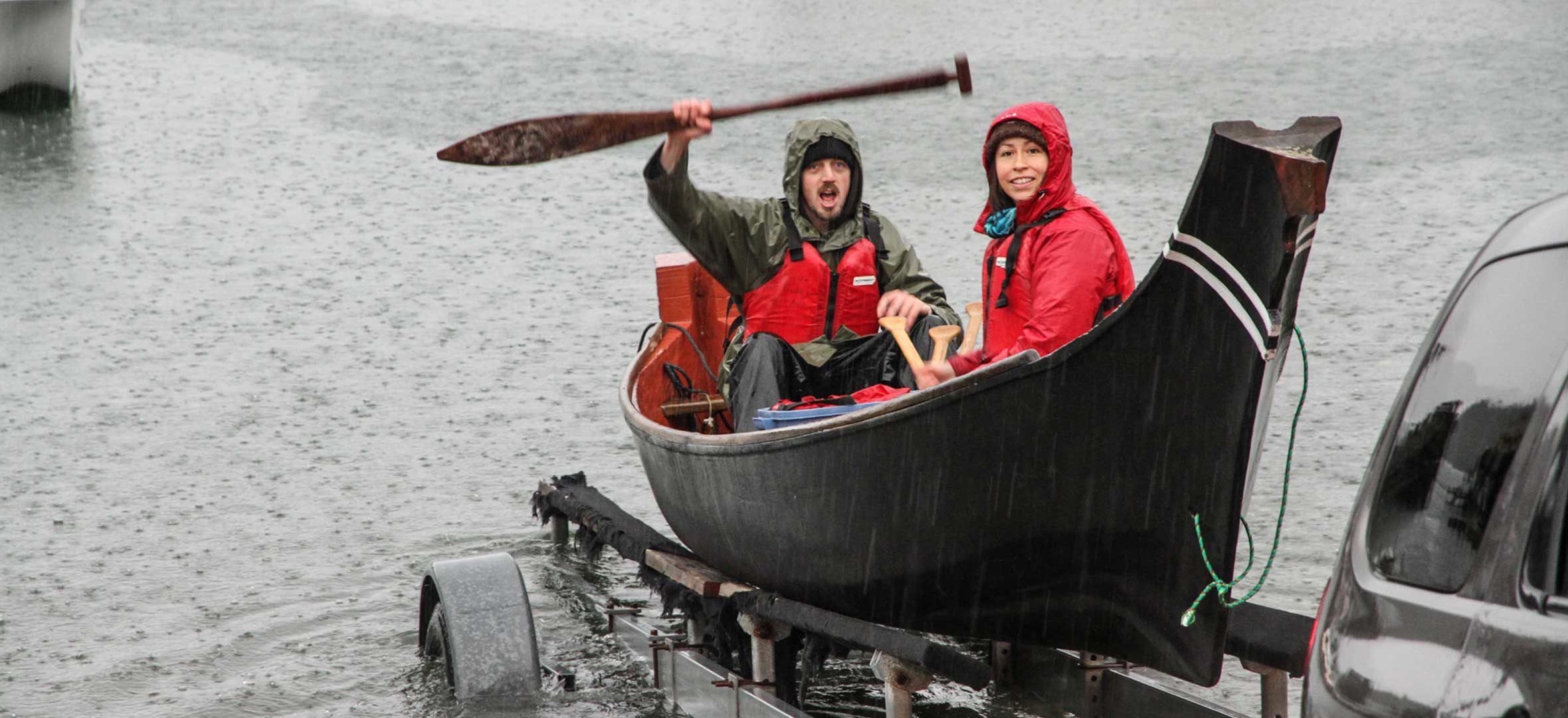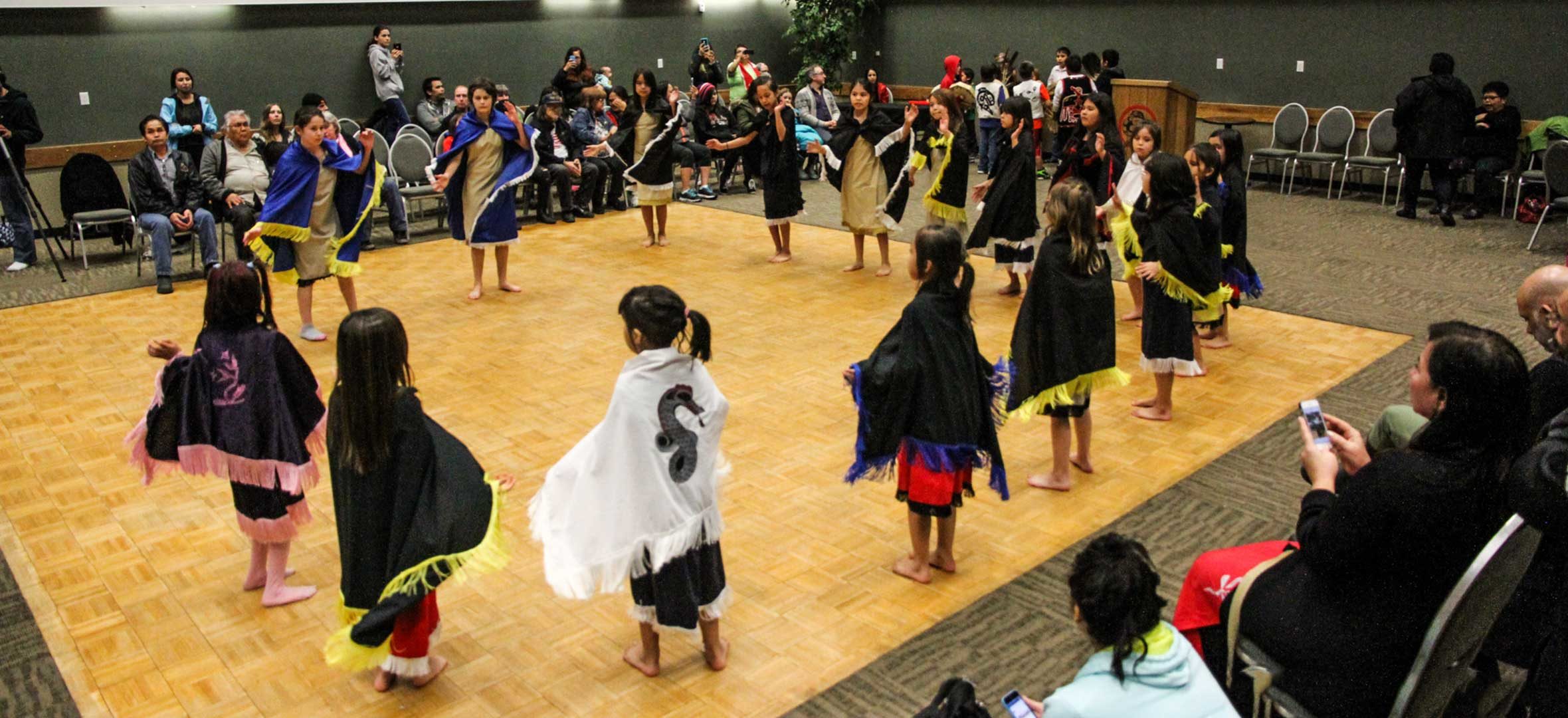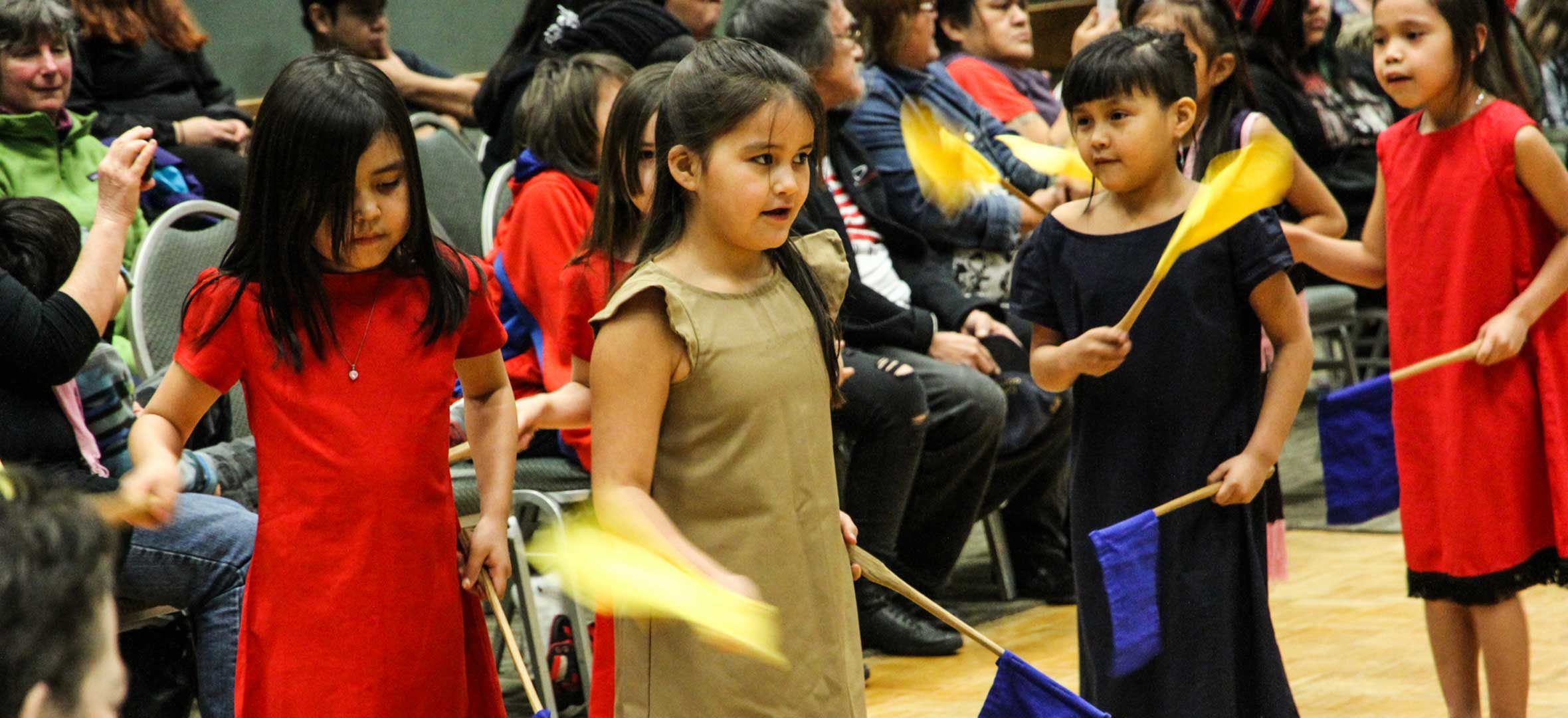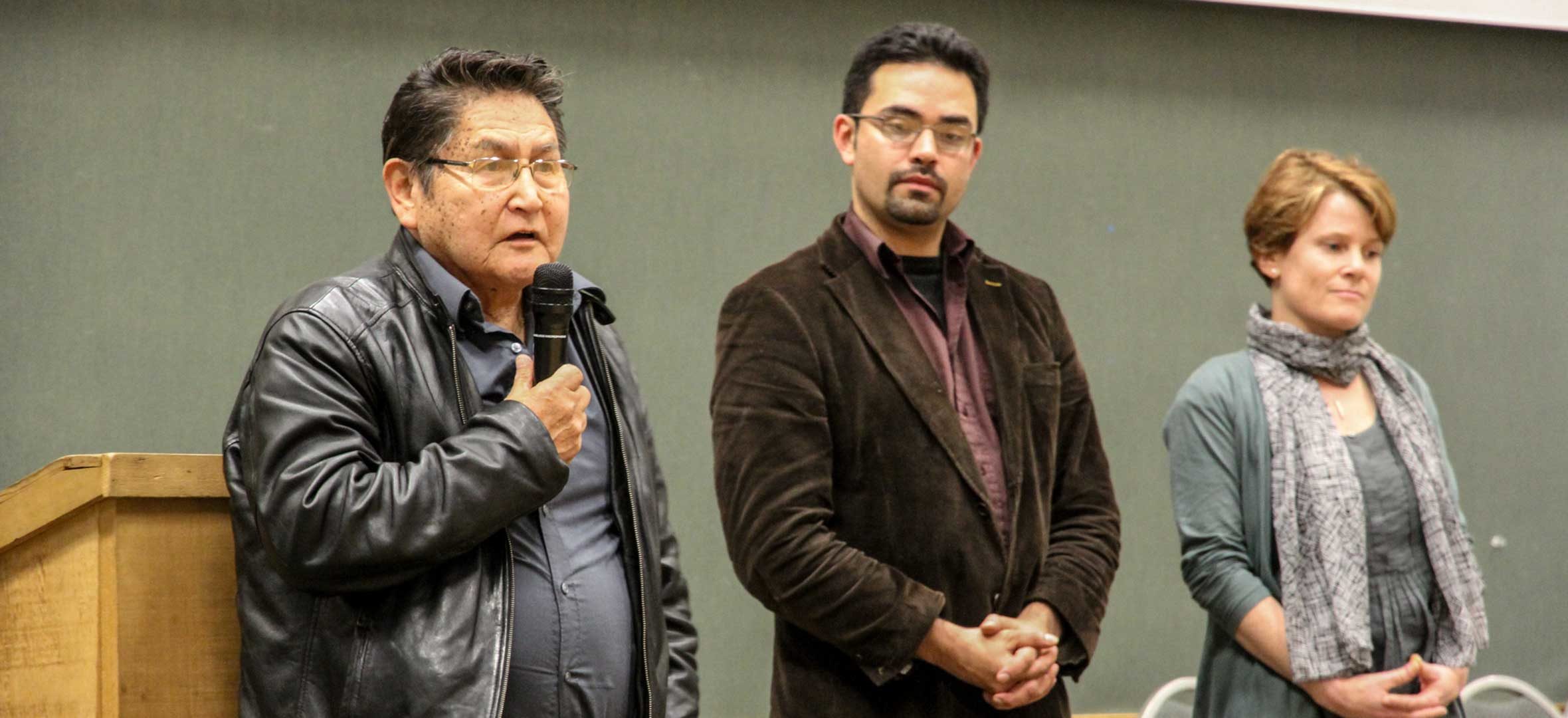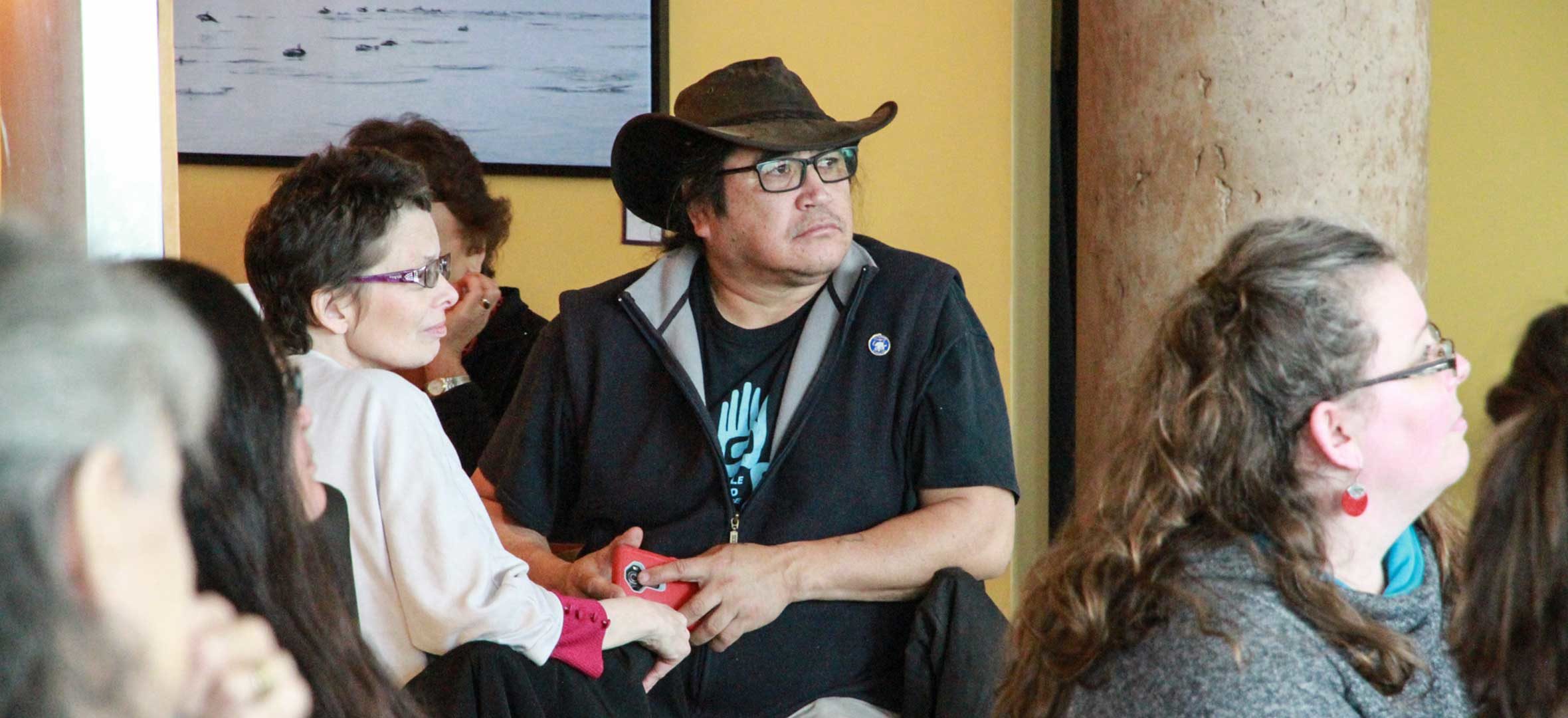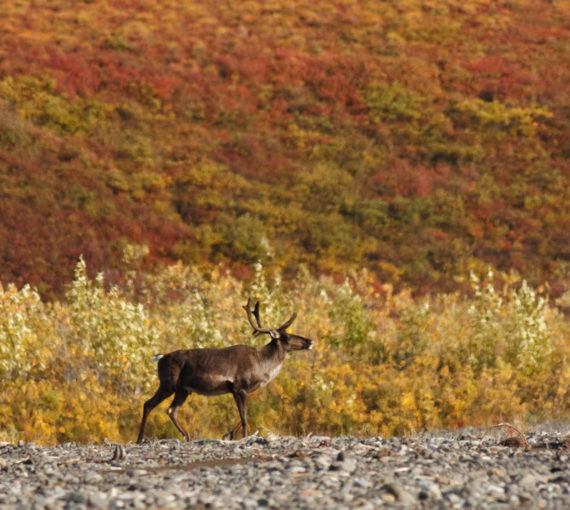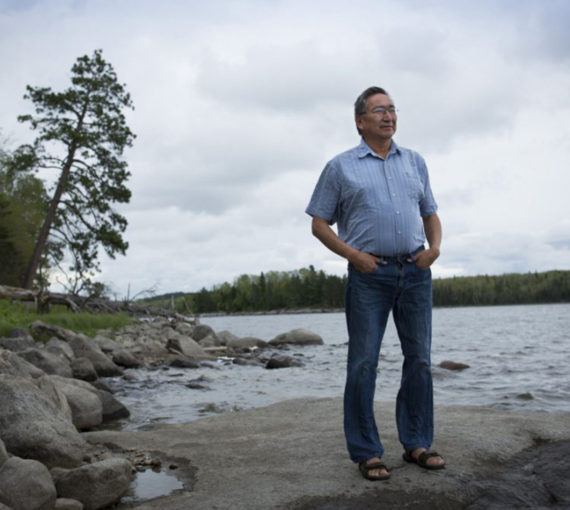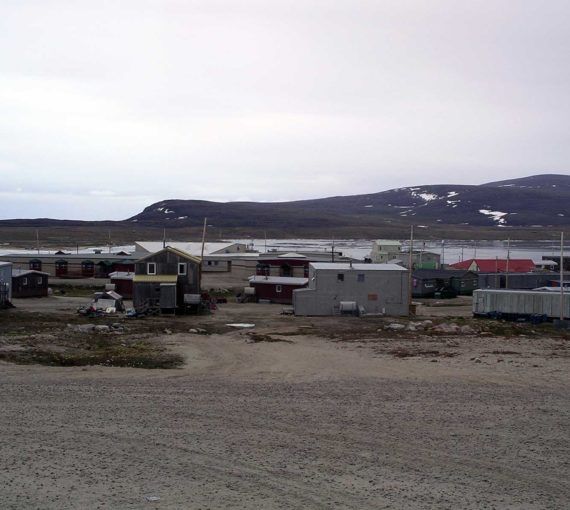
(Photo: Christopher Roy)
Recently, my colleague Faisal Moola and I, from the David Suzuki Foundation’s Ontario and Northern Canada office, had the privilege of attending a gathering in spectacular (and wet!) Tla-o-qui-aht traditional territory, B.C., to discuss tribal parks. The gathering was hosted by Tla-o-qui-aht Tribal Parks.
Tribal parks are conservation areas envisioned, declared and managed by Indigenous communities. They are also a means for Indigenous communities to assert their responsibilities and rights to steward and manage their lands and resources. The David Suzuki Foundation supports tribal parks and is working with some communities, including the Doig River First Nation, to advance their establishment.
We felt so lucky to be at the tribal parks gathering, surrounded by elders and community members from Tla-o-qui-aht, Halalt, Doig River, Heiltsuk, Sliamon, Chumash, Amah Mutsun, Haida, Algonquin, Garden River, Cape Mudge, Kwakwaka’wakw, Xeni, Yunesit’in and Xeni Gwet’in First Nations (including 2015 North American Goldman Prize recipient Marilyn Baptiste), as well as the Sinkyone Tribal Council and local supporters and activists.
Over the course of five days we heard from many elders and community members. They spoke about industrial development and the importance of maintaining remnant forest stands in highly developed territories, and about the decline of caribou and moose, which they rely on for subsistence. We learned from the California contingent the heartbreaking story of their past, as they suffered at the hands of both the state (which offered bounties for killing Indigenous people) and the missions (which forcibly took them in and away from their cultures and ways of life much like residential schools in Canada).
Tribal parks are conservation areas envisioned, declared and managed by Indigenous communities. They are also a means for Indigenous communities to assert their responsibilities and rights to steward and manage their lands and resources.
We also talked about the empowerment that the assertion of responsibility can bring, such as the Heiltsuk’s assertion of sovereignty, which led the community to a place of strength; the slow steady climb of the Amah Mutsun to regain the role of land stewards through land trusts in California; and the potential of Indigenous watershed governance areas to sustain watersheds and provide services and sustainable livelihoods to local communities. We discussed framing tribal parks as “Reconciliation Gardens” and the need for non-Indigenous people to learn from Indigenous people the concept of managing lands and waters for “abundability” instead of “sustainability.”
Faisal and I left the gathering much fuller than when we arrived, our heads filled with ideas for moving forward and our hearts filled with the honour of having shared such powerful and moving stories of pain, reconciliation and hope.
